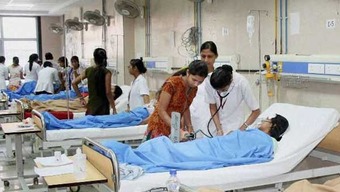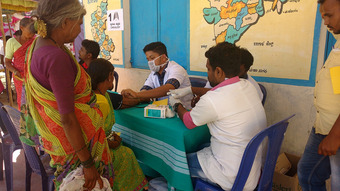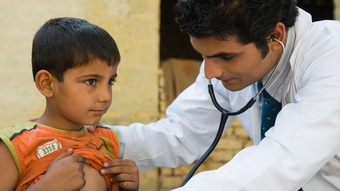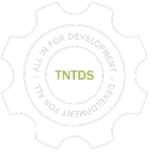Healthcare
Challenges
India consistently ranks near the bottom in international health indices, demonstrating poor performance across multiple dimensions. According to the Healthcare Access and Quality Index India ranks 145 among a total 195 countries.
Despite its vast population of 1.4 billion population and number of schemes, majority of whom still heavily rely on public healthcare services. Current Government healthcare strategy focuses on developing healthcare facilities and implementing community insurance schemes. However, there remains a extremely vulnerable segment of the population, including street children, adolescents, and nomadic groups, who do not benefit from these initiatives.





Our impact
The Society’s initiative to train and deploy 60 Community Health Volunteers (CHVs) to remote forested regions inhabited by Indigenous peoples has resulted in significant positive impacts on healthcare access and outcomes in these underserved communities. Here are the key impacts of this program:
Enhanced Healthcare Access:
The presence of trained CHVs has substantially improved healthcare access in remote forested isolated region’s 15, 000 people.
The CHVs focus on primary healthcare services with an emphasis on prevention and promotion. This approach has led to a reduction in the incidence of preventable diseases and health conditions among the Indigenous populations. Regular check-ups, health education, and early intervention have become the norm, contributing to better overall health.
Timely Referrals:
The CHVs play a crucial role in identifying cases that require specialized care beyond their primary healthcare scope. When necessary, they refer individuals to appropriate healthcare centers, ensuring that those in need receive timely and adequate treatment. This has saved lives and prevented the worsening of health conditions.
Adolescent Sexual and Reproductive Health:
Indigenous adolescents, who previously lacked awareness of reproductive health and essential skills, often fall victim to child marriages and pregnancies, resulting in unsafe abortions, anemia, and casualties. TNTDS is actively involved in extending sexual and reproductive health education and guidance to address these pressing issues.
In summary, the Society's CHV training program has had a profound impact on healthcare in remote forested regions inhabited by Indigenous peoples. IT has improved healthcare access, reduced preventable diseases, increased immunization rates, ensured timely referrals, empowered communities, fostered cultural sensitivity, and promoted community cohesion. This initiative serves as a model for effective healthcare.
Subsequent Plan
The society is determined to continue its health outreach among underprivileged groups spanning street, working and indigenous peoples. Its community health care aims to focus more on Indigenous adolescent population who are at risk. The society’s peer education has given good results and it can be extended to other areas to ensure the ASRH rights.
